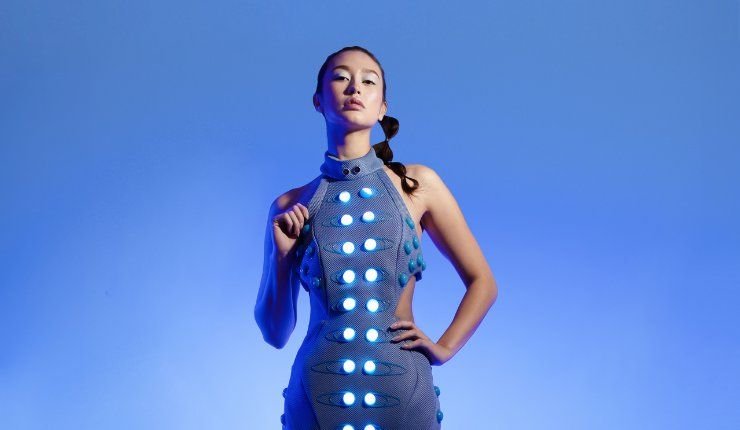
Introduction
Evolution of Fashion Tech
The world of fashion has always thrived on innovation, and the evolution of fashion tech is a testament to that spirit. Gone are the days when clothing was solely about aesthetics; today, it’s all about integrating functionality with style. Imagine wearing a dress that adjusts its temperature based on the weather, or sneakers that monitor your health metrics! The technology journey in fashion began with simple innovations like synthetic fibers and has now blossomed into smart textiles and interactive shopping experiences.
Impact of Technology on Apparel Industry
Technology is reshaping the apparel industry in remarkable ways. Here’s how:
- Enhanced Design Processes: Designers leverage CAD (computer-aided design) to visualize their collections faster.
- Efficient Production: Automation and 3D printing have drastically reduced manufacturing costs and times.
- Sustainable Practices: Technology aids in sourcing sustainable materials, leading to eco-friendly fashion.
From online shopping experiencing a boom to the rise of personalized trends, the impact of technology is undeniable. It’s not just changing how we shop, but how we perceive fashion itself. Whether you’re a fashionista or someone just looking to update their wardrobe, there’s no denying that tech is revolutionizing the way we find and wear apparel!
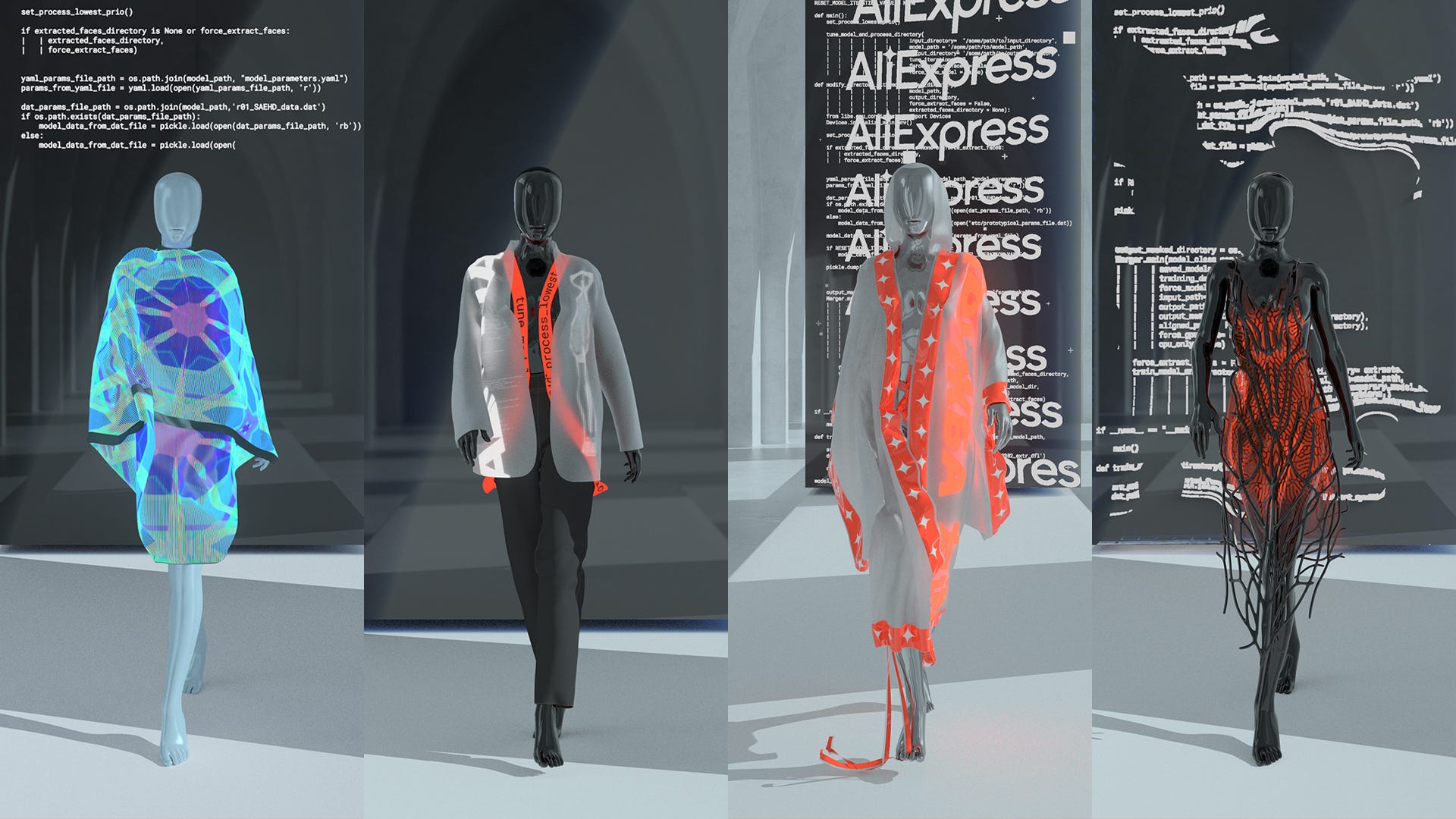
Smart Textiles and Wearable Technology
Definition and Examples of Smart Textiles
As we dive deeper into the intriguing intersection of fashion and technology, smart textiles emerge as a game-changer. But what exactly are smart textiles? These innovative fabrics are engineered to respond dynamically to external stimuli. For instance, they can change color, regulate temperature, or even monitor health metrics.
Examples of smart textiles include:
- Phase Change Materials (PCMs): Fabrics that adapt to temperature variations, providing comfort whether it’s hot or cold.
- Conductive Fabrics: Incorporate metallic threads that can transmit signals for ‘wearable tech’ applications like fitness trackers.
- Shape Memory Alloys: Materials that can alter their shape in response to changes in temperature, ideal for creating custom fits.
Applications of Wearable Technology in Fashion
Wearable technology takes these concepts a step further, integrating them into everyday fashion. From fitness enthusiasts sporting heart rate monitoring shirts to fashion-forward individuals sporting smart jewelry that resonates with their connected devices, the applications are endless.
Some exciting applications include:
- Fitness Trackers: Devices worn as bracelets or embedded in clothing, keeping track of steps, calories burned, and even sleep patterns.
- Smartwatches: Not just for timekeeping anymore, they offer notifications, health monitoring, and more.
- Health Monitoring Clothing: Garments that track vital signs and relay them to healthcare providers.
These innovations are enabling a new era of fashion that prioritizes both style and functionality, transforming not only how we dress but how we live!
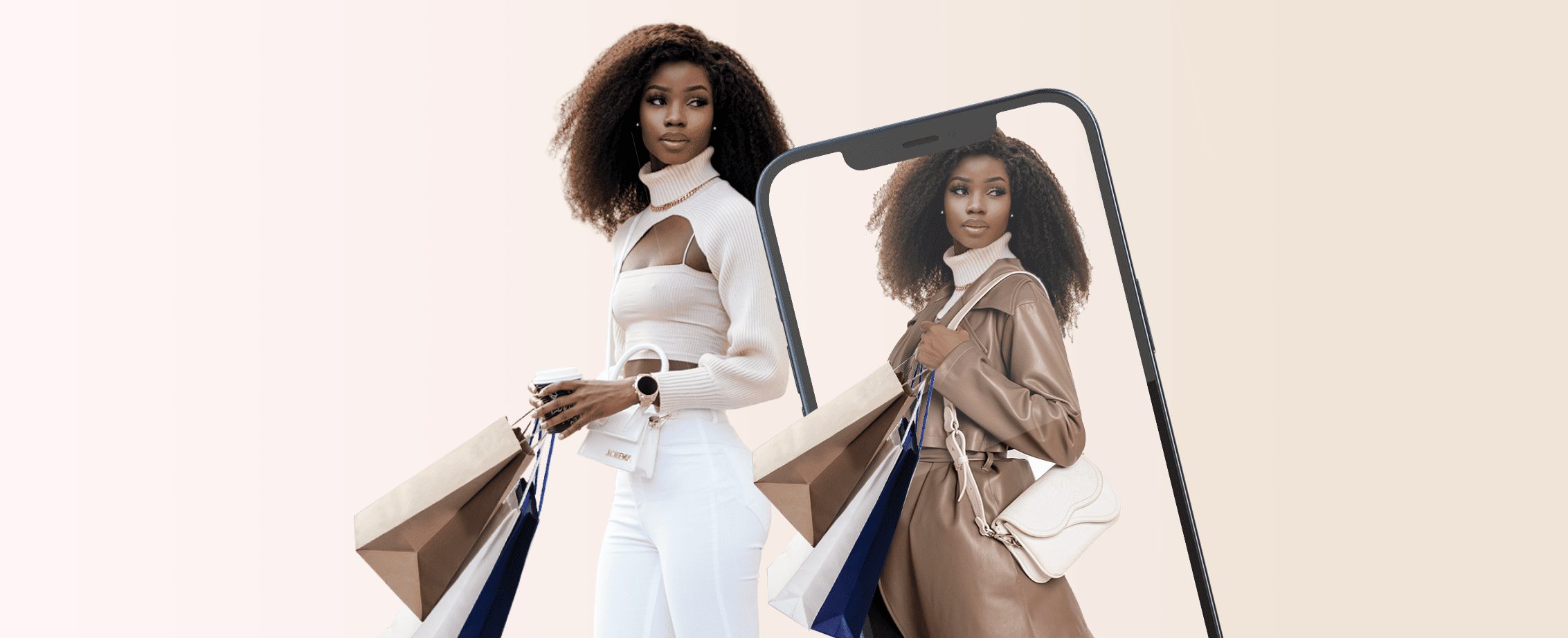
Virtual Reality and Augmented Reality in Fashion
Integration of VR and AR in Apparel Retail
As we continue to explore the transformative technologies in fashion, Virtual Reality (VR) and Augmented Reality (AR) stand at the forefront, revolutionizing the retail experience. Imagine shopping from the comfort of your home and navigating a virtual store as if you were physically there! Retailers are increasingly integrating VR and AR to engage customers in exciting and interactive ways.
Some notable integrations include:
- Virtual Showrooms: Brands like Gucci and Nike have created immersive environments, allowing customers to explore collections in 3D.
- AR Catalogs: Shoppers can scan printed materials with their smartphones to see clothing in action.
Virtual Try-On Experiences
One of the most thrilling advancements is the virtual try-on experience. Instead of guessing how that dress fits, AR technology enables users to visualize clothes on their own bodies using their phones or smart mirrors in stores. This is particularly useful for:
- Eliminating Fit Issues: Customers can see true-to-size visuals before making purchases, reducing returns.
- Enhancing Confidence: Shoppers gain a better understanding of how outfits will look in real life, making shopping enjoyable.
With VR and AR, the fashion landscape is not just about what you wear, but how you experience it! This innovation is helping brands to craft personalized shopping journeys, turning fashion into an interactive adventure.
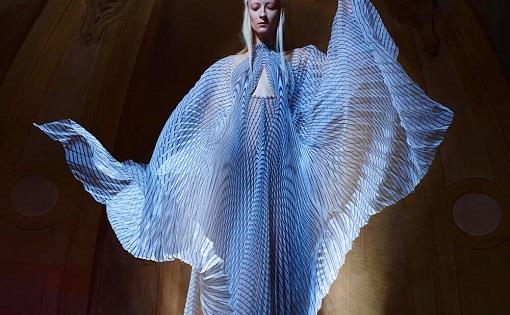
Sustainable Tech Innovations in Fashion
Role of Technology in Sustainable Fashion
With the fashion industry facing increasing scrutiny over its environmental impact, technology is stepping up to the plate, leading the charge towards sustainability. The role of technology in sustainable fashion isn’t just about trends; it’s about redefining how we create, consume, and dispose of clothing.
For instance, brands are harnessing:
- Data Analytics: To analyze consumer buying patterns, helping reduce overproduction and minimize waste.
- AI: To forecast trends more accurately, thus producing only what is needed.
It’s heartening to see how innovative tech solutions promote mindful consumption and responsible manufacturing, all while keeping style intact!
Sustainable Materials and Production Processes
The shift towards sustainability has also brought about a wave of eco-friendly materials and production techniques. Imagine wearing a shirt made from recycled plastic bottles or a dress crafted from biodegradable fibers!
Some sustainable materials making waves include:
- Organic Cotton: Grown without harmful chemicals, making it kinder to both the planet and our skin.
- Tencel Made from Eucalyptus Trees: This material is not only soft but also produced in a closed-loop system, reducing waste significantly.
- Recycled Fabrics: Utilizing discarded textiles to create new garments, this approach dramatically reduces landfill contributions.
These sustainable practices are reshaping the fashion landscape, proving that style and environmental responsibility can indeed go hand in hand! With continuous advancements, the future of fashion looks not only chic but also ethically sound.

Artificial Intelligence and Machine Learning in Apparel Design
AI-driven Design Tools
Building on the foundation of sustainability, we find that Artificial Intelligence (AI) and Machine Learning (ML) are revolutionizing apparel design in exciting ways. With designers often juggling multiple elements, AI-driven design tools come as a breath of fresh air. Imagine software that analyzes trends faster than you can say “fashion-forward”!
Some key features of AI-driven design tools include:
- Trend Prediction: These tools analyze vast amounts of data from social media, runway shows, and consumer preferences to forecast up-and-coming styles.
- Automated Drafting: AI helps designers create patterns and sketches, leaving them more time to focus on creativity.
By embracing these technological advancements, designers can innovate while saving both time and resources.
Personalized Shopping Experiences
Yet, the magic of AI doesn’t stop there! It also transforms the shopping experience for customers. Personalized shopping experiences are now the norm:
- Recommendation Engines: Based on previous purchases and browsing habits, AI suggests items uniquely tailored to individual preferences.
- Virtual Stylists: Platforms powered by AI provide styling advice, ensuring that shoppers feel confident in their choices.
These personalization strategies make shopping feel more intimate and enjoyable, as if you have a personal shopper guiding you through. With AI and ML, the future of apparel design is not just more efficient, but also far more aligned with individual tastes and desires!
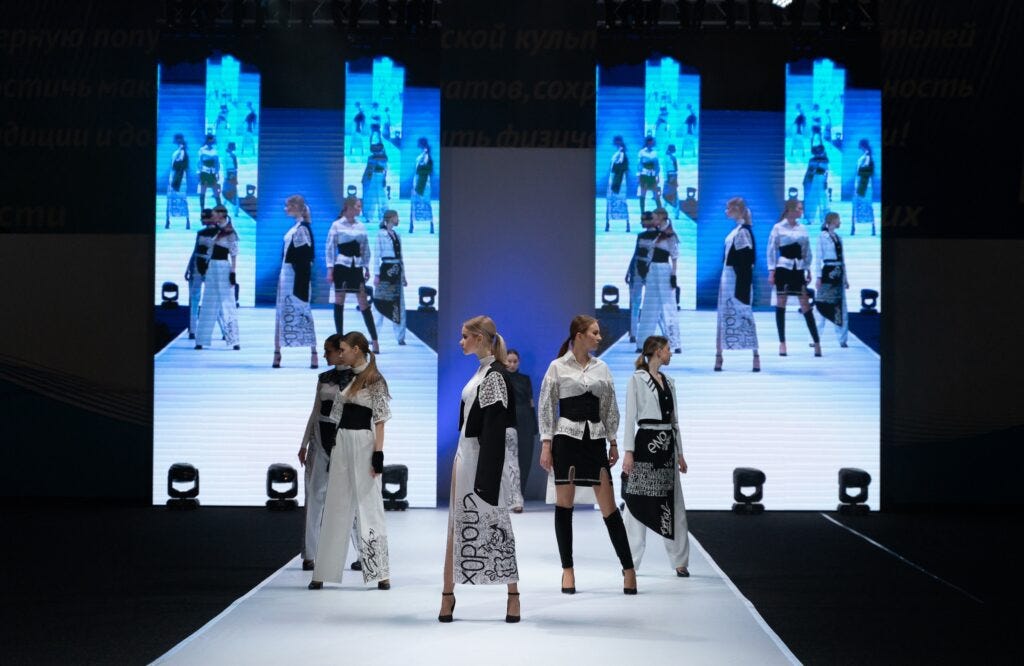
Future Trends in Fashion Technology
Tech-Driven Fashion Shows
As we look ahead, it’s clear that technology is revolutionizing traditional fashion shows into fully immersive experiences. No longer just a runway with live audiences, tech-driven fashion shows are creating dynamic environments that transport viewers into the designer’s world. Picture this: holographic models showcasing the latest collection, or virtual experiences that allow viewers to walk through a digital showroom from anywhere in the world!
Key elements of tech-driven fashion shows include:
- Virtual Reality Experiences: Attendees can don VR headsets and experience the show from various angles or even stroll through a 3D version of the collection.
- Live Streaming with Interactive Features: Audiences can vote for their favorite looks in real time, blending engagement and technology seamlessly.
Predictions for the Future of Fashion Tech
Looking to the horizon, several trends are on the cusp of reshaping the fashion landscape even further. Expect to see:
- More Sustainable Innovations: Advances in biodegradable materials and smarter production techniques will become mainstream.
- Enhanced Virtual Shopping: As AR technology evolves, virtual fitting rooms will be increasingly sophisticated, allowing for accurate measurements and fits.
With continual advancements in technology, the future of fashion tech promises not only to enhance style and sustainability but also to offer experiences that connect consumers in unprecedented ways. It’s an exhilarating time to witness how the fusion of fashion and technology unfolds!
